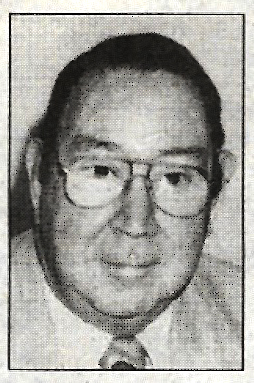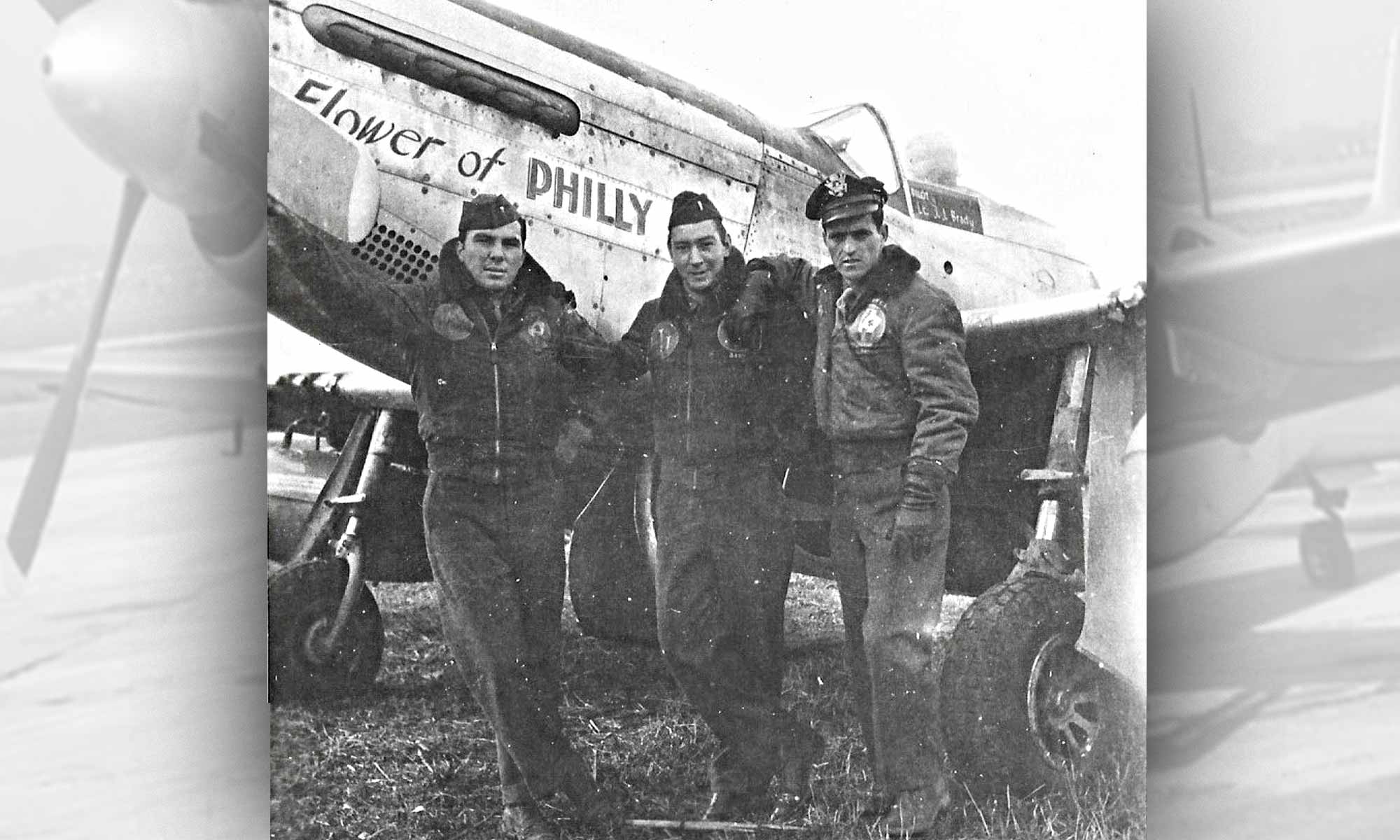
John J. Brady, who as a 22-year old Army Air Corps fighter pilot witnessed the dropping of the first atomic bomb on Hiroshima.
On Aug. 6, 1945, the day that effectively ended a war and changed the world, Mr. Brady flew with the 384th Fighter Group on a mission to protect B-29s bombing the Japanese mainland.
Almost half a century later – the first time he talked about his experience – Mr. Brady recalled that he thought he was on just another mission.
He flew 80 missions during World War II, gathering notches in his belt and medals for his chest – the Air Medal, seven battle stars – in P-40 and P-51 planes.
“We didn’t expect any action,” he said in a 1993 Daily News interview. “… It was so clear, we could see for 60 miles.” Nothing he had seen in combat before, though, could have prepared him for what he saw that day as he flew his P-51, which he had named Flower of Philly, as an escort to the B-29 Enola Gay.
